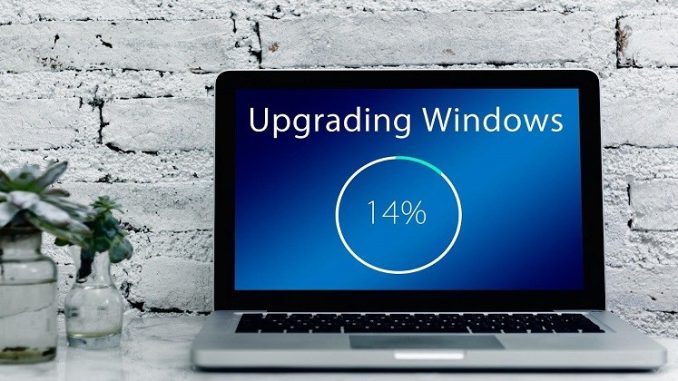
Keeping software up to date might seem like a mundane chore, but in today’s fast-paced digital environment, it’s one of the most important habits for individuals and businesses alike. Software updates are not just about getting the latest features or a sleeker interface—they’re about maintaining security, performance, and compatibility. As technology continues to evolve, so do the threats and challenges that come with it. Regular updates ensure that your systems are equipped to handle those changes, reducing risk and enhancing reliability across the board.
Security is perhaps the most compelling reason to update software consistently. Developers release patches to fix vulnerabilities that could be exploited by malicious actors. These vulnerabilities are often discovered after software has been deployed, and once they’re public, they become targets. A delay in updating can leave systems exposed to attacks that could compromise sensitive data, disrupt operations, or even result in financial loss. For example, the infamous WannaCry ransomware attack exploited a known vulnerability in outdated Windows systems, affecting hundreds of thousands of computers worldwide. The patch had been available for months, but many users hadn’t installed it. That incident underscored how neglecting updates can have real-world consequences.
Beyond security, updates often include performance improvements that make software run more efficiently. Over time, developers identify bottlenecks, bugs, and inefficiencies that can slow down applications or cause them to crash. By refining code and optimizing processes, updates help ensure that software remains responsive and stable. This is especially important in business environments where downtime can translate into lost productivity and revenue. A sluggish CRM system or a glitchy accounting platform can frustrate employees and erode customer trust. Regular updates help maintain a smooth user experience and keep operations running without interruption.
Compatibility is another critical factor. As hardware evolves and new standards emerge, software must adapt to remain functional. An outdated application may not work properly with newer operating systems, devices, or third-party tools. This can lead to integration issues, data loss, or limited functionality. For instance, a design program that hasn’t been updated might struggle to open files created with newer versions, or a communication tool might fail to sync with updated calendars and contacts. Staying current ensures that software continues to interact seamlessly with the broader tech ecosystem, preserving workflow and minimizing friction.
Updates also reflect a company’s commitment to innovation and user feedback. When developers release new features, they’re often responding to user requests or industry trends. These enhancements can improve usability, introduce new capabilities, or streamline tasks. By updating regularly, users benefit from these improvements and stay ahead of the curve. In competitive markets, having access to the latest tools can be a strategic advantage. A marketing team using the newest analytics features or a developer leveraging updated libraries can deliver better results faster. Updates are not just maintenance—they’re momentum.
For businesses, managing updates across multiple systems and users requires planning and coordination. Automated update tools and centralized management platforms can simplify the process, ensuring consistency and reducing the risk of oversight. IT teams should establish clear policies around updates, including testing protocols and communication strategies. While it’s important to avoid disruptions, delaying updates indefinitely can create larger problems down the line. A proactive approach balances caution with urgency, allowing organizations to stay secure and efficient without compromising stability.
There’s also a psychological dimension to updates. When users see that software is actively maintained and improved, it builds trust. It signals that the provider is invested in the product and responsive to its community. This trust can influence purchasing decisions, brand loyalty, and user engagement. Conversely, software that hasn’t been updated in years may raise concerns about reliability and support. In a world where digital tools are central to both personal and professional life, confidence in those tools matters.
Of course, not all updates are flawless. Occasionally, a new version introduces unexpected bugs or changes that disrupt familiar workflows. That’s why it’s important to approach updates thoughtfully. Reading release notes, backing up data, and testing in controlled environments can mitigate risks. But these challenges shouldn’t deter users from updating altogether. The benefits of staying current far outweigh the occasional hiccup, and most issues are quickly resolved through follow-up patches or community support.
Ultimately, updating software regularly is about stewardship. It’s about taking responsibility for the tools you rely on and ensuring they continue to serve you effectively. Whether you’re managing a fleet of enterprise applications or simply using a smartphone for daily tasks, updates are a vital part of digital hygiene. They protect against threats, enhance performance, and keep you connected to the evolving world of technology. In a landscape that never stands still, staying updated is not just smart—it’s essential.